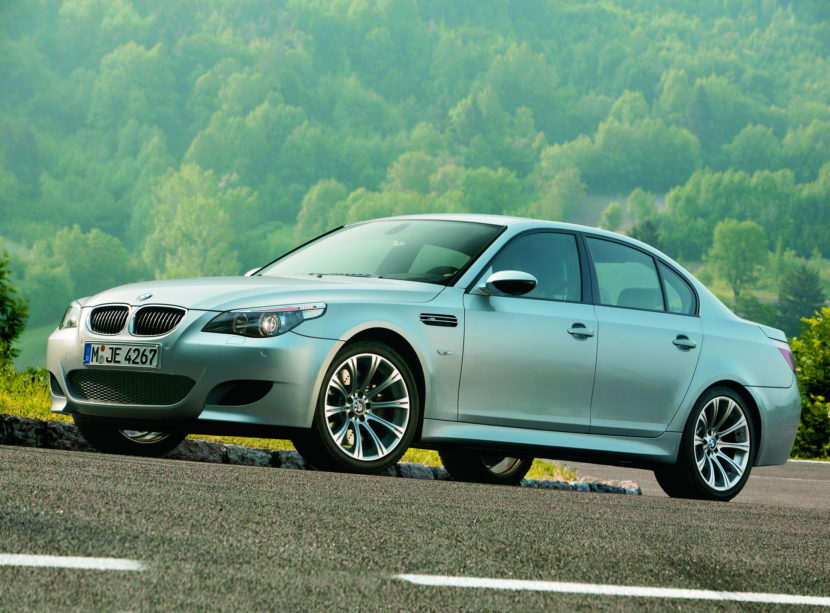Flame surfacing was a revolutionary design language developed by BMW within the early 2000s. Popularized through the Chris Bangle period and impressed by human and material varieties, it launched dynamic physique surfaces that cut up opinion however left a long-lasting affect on the model’s identification. Flame surfacing, like it or hate it, is an integral a part of the BMW story. One among many polarizing concepts partially formulated by designer Chris Bangle, flame surfacing was an underlying design precept that finally discovered its approach into each BMW mannequin within the lineup circa mid-2000s or so. From the three Collection up — and right down to the brand new 1 Collection — BMW’s designs modified eternally.
Origins of Flame Surfacing
Flame surfacing is commonly attributed to Chris Bangle, however that’s solely half the story. The true origins of flame surfacing start with Anders Warming. Warming would be the design director for Rolls-Royce at this time, however he was simply beginning his profession within the 90s. And, in reality, that’s the place flame surfacing’s story begins. He says he drew inspiration from drawing the human kind. “There, you don’t simply have a look at the define, however the form in between. Like bone construction and muscle,” he says. “Pondering that approach makes you the designer of the form earlier than the define, whereas automotive designers have been skilled to do the define after which the form.”
As he sketched what would turn into the E85 Z4, Chris Bangle weighed in on the twisted surfaces: “it’s like flames,” he mentioned. Particularly, he’s referring to the angles and twists within the bodywork that collectively kind a form. Thus, flame surfacing. Now, had the general public’s first publicity to flame surfacing been a radical Z4 roadster, issues may need gone in a different way. It wasn’t; as an alternative, the primary look in from the skin was the X Coupe. An early forerunner of the X6, flame surfacing was hardly the one polarizing factor concerning the X Coupe. It additionally pioneered BMW’s foray into the Sports activities Exercise Coupe phase, which didn’t exist but. Reception was lukewarm, at finest. Then got here the brand new flame surfaced E65 7 Collection, which was arguably even an even bigger bomb. It was so radical that BMW toned the design down for the automotive’s facelift. Gross sales rose commensurately.
The Widespread False impression of the E60 5 Collection
Maybe probably the most fascinating twist surrounding flame surfacing is the position of the E60 5 Collection. Whereas typically claimed because the poster baby for flame surfacing, it was truly “extra it’s personal factor,” in response to creator Steve Saxty. The designer, Davide Arcangeli, centered on the form inside every panel, like flame surfacing. However quite than the human kind, Arcangeli channeled material. Particularly, the best way material stretches throughout the body of an airship/dirigible/zeppelin. In fact, though the E60’s design wasn’t mainly guided by flame surfacing, related execution saved it constant sufficient with the E65 7 Collection and its otherworldly design that it’s simple to see why the 2 are lumped collectively.
Regardless of the combination of flowing curves and exhausting traces, flame surfacing advanced as a stark response to the extra monolithic designs standard on the time. And prefer it or not, it arguably achieved its purpose: make BMW recognizable. Years on, it’s exhausting to say whether or not or not flame surfacing was forward of its time. We predict it existed precisely when it wanted to.
We referred typically to Steve Saxty’s glorious e book, BMW by Design whereas scripting this piece. Examine all of his BMW books out for your self. You’ll discover extra info, unique footage and sketches, and an entire lot extra.




